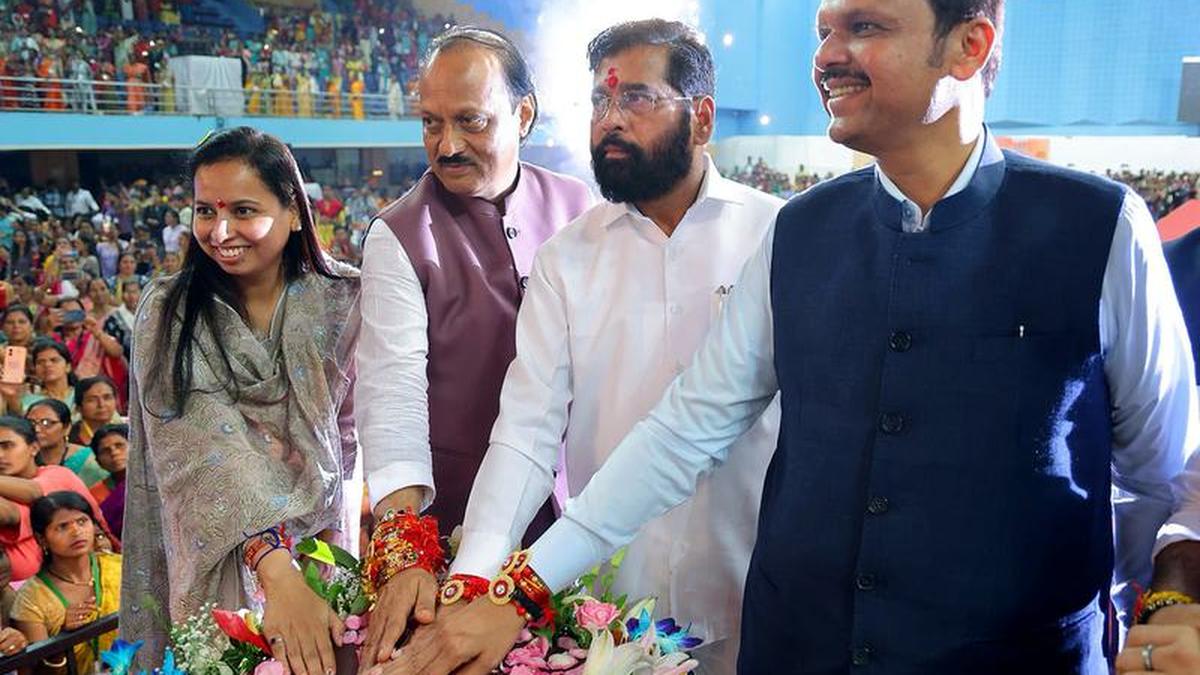
Anganwadi workers await dues for role in Ladki Bahin scheme roll-out
The Hindu
Anganwadi workers in Maharashtra await payment for their role in implementing the Mukhyamantri Majhi Ladki Bahin Yojana scheme.
Anganwadi workers in Maharashtra are still awaiting payment for their crucial role in implementing the Mahayuti government’s flagship Mukhyamantri Majhi Ladki Bahin Yojana ahead of the Maharashtra Assembly election in November last year.
These workers were tasked with enrolling eligible women beneficiaries in the 21-60 age group for the ₹1,500 monthly assistance scheme. A Government Resolution (GR) had promised ₹50 for each online application form filled.
For three months since the launch of the scheme, Maharashtra’s 1,08,507 anganwadi workers and 74,746 helpers were engaged in its implementation, bringing to a halt the education of children at anganwadis in the State.
Recounting the overwhelming experience of handling a large number of applications in cities, Sangeeta Kamble, an anganwadi worker in Mumbai’s Mankhurd, said: “Women would start lining up outside our homes and anganwadis from 7 a.m.”
Initially, in August 2024, the mobile app for filling forms was non-functional, causing frustration and wastage of time, Ms. Kamble said. “At times, we had to use other people’s mobile phones with better Internet connectivity. In October, we learnt that only applications filled and uploaded using the mobile phones of registered anganwadi workers would be considered. We do not know whether we will receive fair compensation for our work,” she said.
Shubha Shamim, president of the CITU-affiliated Anganwadi Karmachari Sanghatana and convener of Maharashtra Anganwadi Action Samity, criticised the government for failing to specify working hours and daily targets in the GR, and improving the mobile application’s functionality and Internet connectivity. She highlighted the overwhelming workload of anganwadi workers and helpers, who filled over 200 forms daily in rural areas and over 400 forms in urban areas, severely impacting their personal lives.
Chhaya Gangadhar Kagdelwar, an anganwadi worker from Etapalli village in Gadchiroli district, said 223 workers in her taluka filled 1.22 lakh forms without fixed working hours. “The government was desperate to win the election, and made us work day and night. While the beneficiaries received assistance, those who implemented the scheme were pushed behind. This is unfair,” she said.













